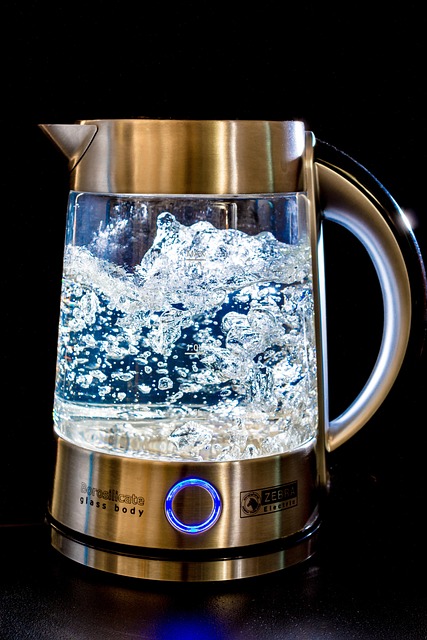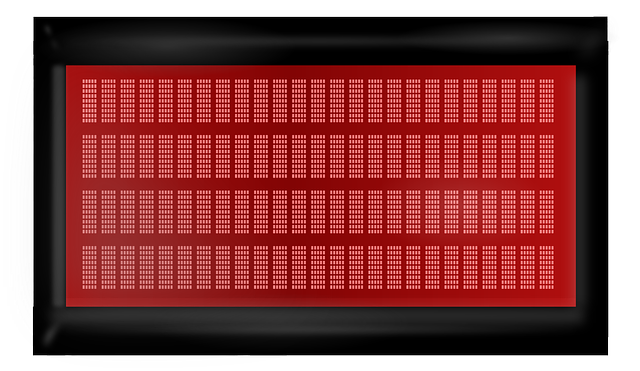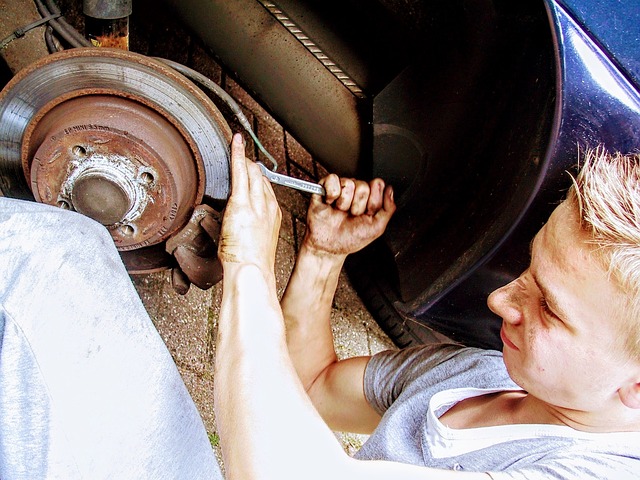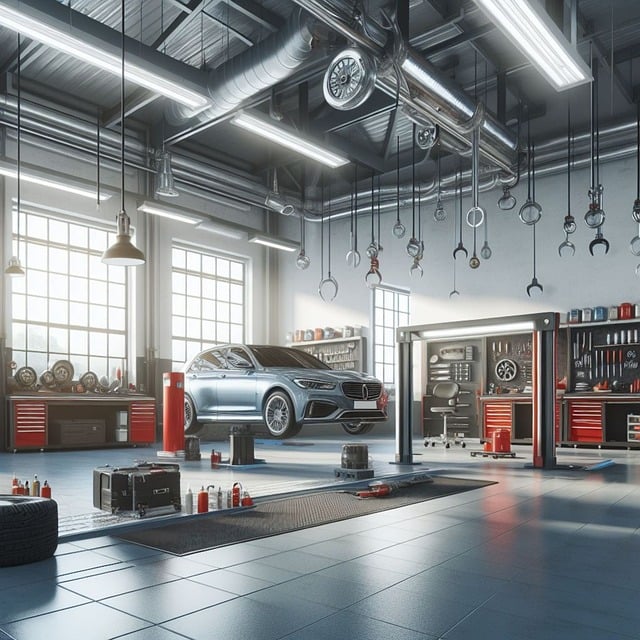Tankless water heaters require regular maintenance and prompt attention to issues like heating failures, leaks, and unusual noises. This guide offers a systematic approach to diagnose and repair common tankless water heater problems, emphasizing the distinction between electric and gas models. While minor repairs can be DIY, persistent or severe issues necessitate professional plumbers for safe and effective resolution. Regular annual checks, insulation, pressure monitoring, and flushing extend lifespan and prevent costly repairs, with modern technologies offering eco-friendly solutions like smart home integrations.
Looking for reliable tankless water heater repair solutions? Tankless heaters, known for their convenience and energy efficiency, can still experience malfunctions. This comprehensive guide covers everything from understanding common issues and diagnostic steps to replacing faulty parts and maintaining your system for extended lifespan. Learn about electric vs. gas troubleshooting differences, when to call professionals, and new eco-friendly technologies revolutionizing the industry. Master these tips and tricks to tackle water heater repair with confidence.
Understanding Tankless Water Heater Malfunctions

Tankless water heaters, while known for their energy efficiency and convenient on-demand hot water supply, can still experience malfunctions. Understanding common issues is the first step in effective tankless water heater repair. One of the most frequent problems is a failure to heat water, which could be due to faulty electric connections, damaged heating elements, or issues with the temperature control unit.
Another prevalent issue is water leakage, often occurring at the base of the heater or around connections. This might signal worn-out O-rings, corroded pipes, or improper installation. Proper maintenance, including regular flushing and inspection, can help prevent these problems. Prompt attention to any unusual noises, such as banging or rumbling, is also crucial, as they may indicate malfunctioning parts that require professional tankless water heater repair services.
Diagnostic Steps for Common Issues

When it comes to troubleshooting and repairing a tankless water heater, understanding common issues and their diagnostic steps is essential for efficient water heater repair. Start by checking the power supply and ensuring all electrical connections are secure. Verify proper gas pressure and look for any leaks in the lines.
Next, examine the temperature settings and ensure they are correct based on your desired hot water temperature. If the heater isn’t heating, inspect the heating element or burner assembly for debris or issues. Pay attention to unusual noises, which may indicate problems with the pump or other mechanical components. Regularly test the system’s control valve and thermocouple for any malfunctions that could affect heating performance.
Replacing Faulty Parts: A Step-by-Step Guide

When undertaking tankless water heater repair, one of the most common tasks is replacing faulty parts. Before starting, ensure you have the necessary tools and a clear understanding of the process. Begin by shutting off the water supply to prevent any leaks or accidents. Next, locate the specific component that needs replacement—this could be the heating element, temperature control unit, or pressure relief valve.
Disassemble the tank according to the manufacturer’s instructions, taking note of how each part is connected. Inspect the old parts for damage or corrosion and clean the area thoroughly before installing new ones. Follow the product guidelines when inserting the new components, ensuring they are properly seated and secure. Once all parts have been replaced, reassemble the tank and reattach the water supply, checking for any leaks along the way.
Electric vs. Gas Tankless Heaters: Troubleshooting Differences

When it comes to tankless water heater repair, understanding the differences between electric and gas models is crucial. Electric tankless heaters are generally more straightforward to troubleshoot as they rely on a direct electrical connection for heating. Common issues like faulty elements or temperature control problems can often be identified by examining the heating element for corrosion or adjusting the thermostat settings.
Gas tankless water heaters, however, introduce an additional layer of complexity due to their reliance on a gas line and ignition system. Leaks in the gas lines, faulty pilot lights, or issues with the ignition control are common problems that require specialized knowledge and tools for repair. Regular maintenance, including checking for gas leaks and ensuring proper ventilation, is essential to prevent major issues in both types of tankless heaters.
When to Call a Professional Repair Service

If your tankless water heater is experiencing issues, it’s important to recognize when professional intervention is necessary. While minor problems like temperature adjustments or occasional fluctuations might be addressable by homeowners, persistent or severe malfunctions should prompt a call to a licensed plumber or water heater repair specialist.
Signs indicating a need for professional repair include frequent heating failures, unusual noises coming from the unit, irregular hot water pressure, leaks, or a strong sulfuric odor. These could point to complex internal issues that require specialized tools and expertise to diagnose and fix safely and effectively. Timely intervention by professionals can prevent further damage, ensure optimal energy efficiency, and prolong the lifespan of your tankless water heater.
Maintenance Tips to Extend Lifespan and Prevent Breakdowns

Regular maintenance is key to extending the lifespan of your tankless water heater and preventing costly breakdowns. Start by checking the device for any leaks or corrosion around connections and valves at least once a year. These issues can lead to significant damage if left unattended. Additionally, insulate the hot water lines to prevent heat loss, which can reduce energy efficiency.
Keep an eye on your water pressure; optimal pressure should be between 40-60 psi. Excessive pressure can strain the system and cause premature wear. Regularly flush the heater by turning off the cold water supply, opening hot water taps, and allowing the system to run until the water temperature equals room temperature. This simple step helps remove sediment buildup, ensuring optimal performance.
Newer Technologies: Efficient and Eco-Friendly Solutions

Newer technologies in water heater repair offer efficient and eco-friendly solutions for homeowners. Tankless water heaters, for instance, eliminate the need for a storage tank, significantly reducing energy consumption and saving on utility bills. These heaters heat water on demand, only when needed, making them highly energy-efficient. This not only benefits your wallet but also contributes to environmental conservation by lowering carbon footprint.
Moreover, advancements in smart home technology have integrated water heaters into interconnected systems, allowing for precise temperature control and remote monitoring. Such innovations enable homeowners to optimize their water heating usage, further enhancing efficiency and reducing waste. These modern solutions are not only convenient but also promote sustainable living practices, making them a popular choice for eco-conscious individuals seeking effective water heater repair alternatives.
